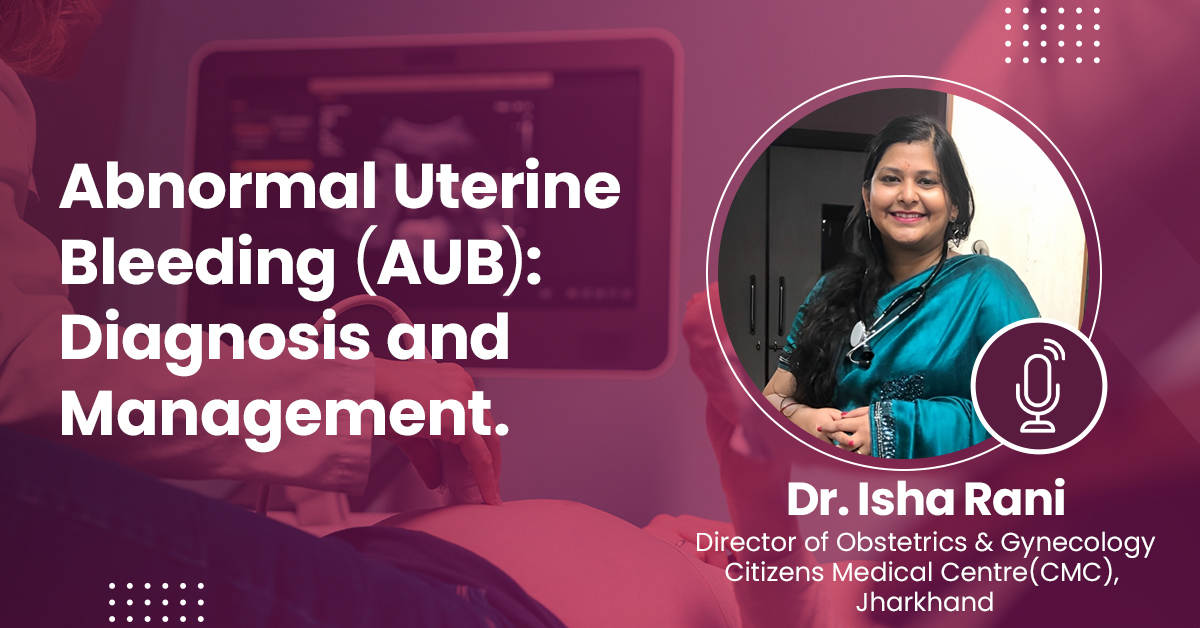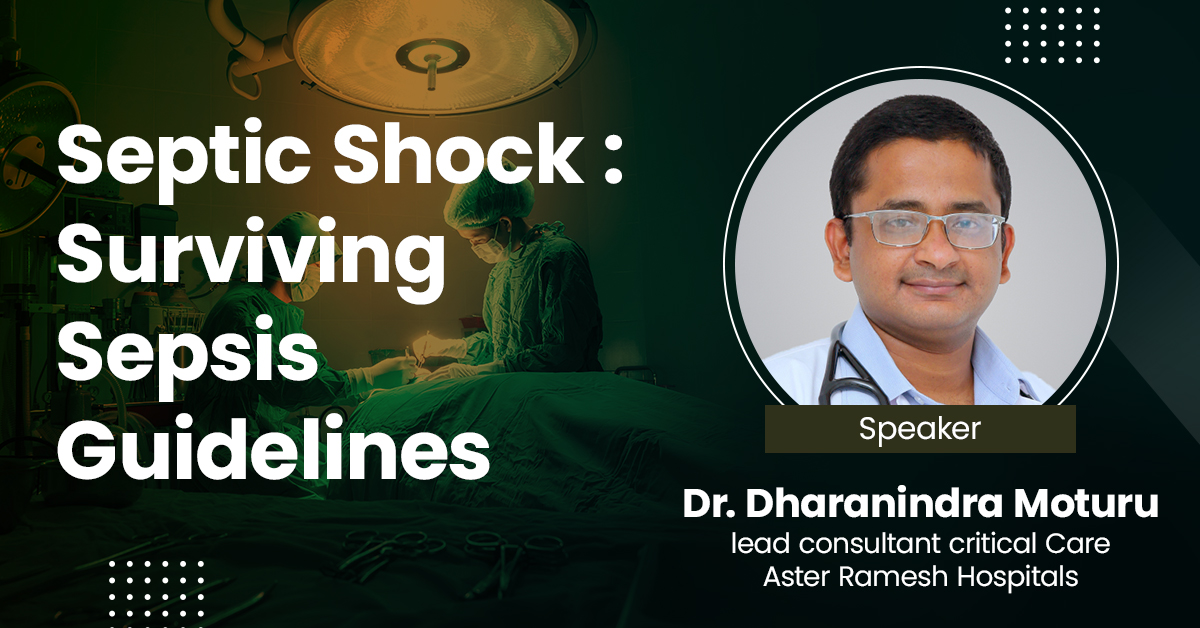- 143.5k views
Tropical fever in ICU
Tropical infections frequently manifest as nonspecific fevers with organ dysfunction. In emergency and intensive care situations when there is a limited amount of time for intervention, it is nearly hard to differentiate between these illnesses due to their clinically similar presentations. Seasonal fevers strike several regions of India during the post-monsoon season every year. The morbidity and fatality rates from these fevers are quite high and include Dengue, Malaria, Scrub Typhus, Leptospirosis, Typhoid fever, among others.
About the Speaker

Dr Dharanindra Moturu
MBBS, MD, D.M ( Critical care medicine ) lead consultant critical Care Aster Ramesh Hospitals
Upcoming Case Discussions
Endometriosis and Infertility
Endometriosis is a condition where tissue similar to the lining of the uterus grows outside of it, often affecting the ovaries, fallopian tubes, and pelvic organs. This disorder can cause painful periods, pelvic pain, and, in many cases, infertility. The presence of endometrial-like tissue outside the uterus can disrupt normal reproductive function by causing inflammation, scarring, and adhesions, which can interfere with ovulation, fertilization, and embryo implantation. Approximately 30-50% of women with endometriosis experience infertility, making it one of the leading causes of reproductive challenges in affected individuals. However, treatment options like surgery, medication, or assisted reproductive technologies can help improve fertility outcomes.
Impact of Endometriosis on Fertility
Endometriosis, a condition where endometrial-like tissue grows outside the uterus, can significantly impact fertility. It causes inflammation, scarring, and adhesions that may distort pelvic anatomy, block fallopian tubes, and impair ovarian function. Endometriosis is also linked to hormonal imbalances and poor egg quality, reducing the chances of conception. Symptoms like chronic pelvic pain and painful intercourse further complicate fertility. Diagnosis often requires laparoscopy, while management includes pain relief, hormonal therapy, and assisted reproductive techniques like IVF. Early intervention with medical or surgical treatment can improve reproductive outcomes, but severe cases may necessitate advanced fertility treatments for conception.
Hyperlipidemia: From Diagnosis to Treatment
Hyperlipidemia is a condition characterized by elevated levels of lipids, such as cholesterol and triglycerides, in the blood, which can increase the risk of cardiovascular diseases. Diagnosis typically involves blood tests measuring lipid profiles, while treatment focuses on lifestyle changes, such as diet and exercise, alongside medications like statins to manage cholesterol levels and reduce cardiovascular risk. Regular monitoring is essential for effective management and prevention of complications.
Acne: Disorders and Treatment Approaches
Acne is a common dermatological condition caused by clogged pores, excess sebum production, bacterial growth, and inflammation. It can manifest as blackheads, whiteheads, papules, pustules, or cysts, often leading to scarring if untreated. Various factors, including hormonal changes, diet, stress, and genetics, influence its severity. Treatment approaches range from topical and oral medications, such as retinoids, antibiotics, and hormonal therapy, to advanced procedures like chemical peels and laser therapy. A personalized skincare regimen, along with lifestyle modifications, plays a crucial role in managing and preventing acne.
Abnormal Uterine Bleeding: Diagnosis and Management
Abnormal Uterine Bleeding (AUB) is a common gynecological condition characterized by bleeding outside the normal menstrual cycle, excessive flow, or irregular patterns. It can result from structural causes (polyps, fibroids, adenomyosis, malignancy) or non-structural factors (coagulopathy, ovulatory dysfunction, endometrial disorders). Diagnosis involves a thorough history, physical examination, laboratory tests, imaging (ultrasound), and sometimes hysteroscopy. Management depends on the underlying cause and includes hormonal therapy (oral contraceptives, progestins), non-hormonal options (NSAIDs, tranexamic acid), and surgical interventions (endometrial ablation, myomectomy, hysterectomy). A tailored approach ensures effective symptom control and improved quality of life. Early evaluation is key to preventing complications.








